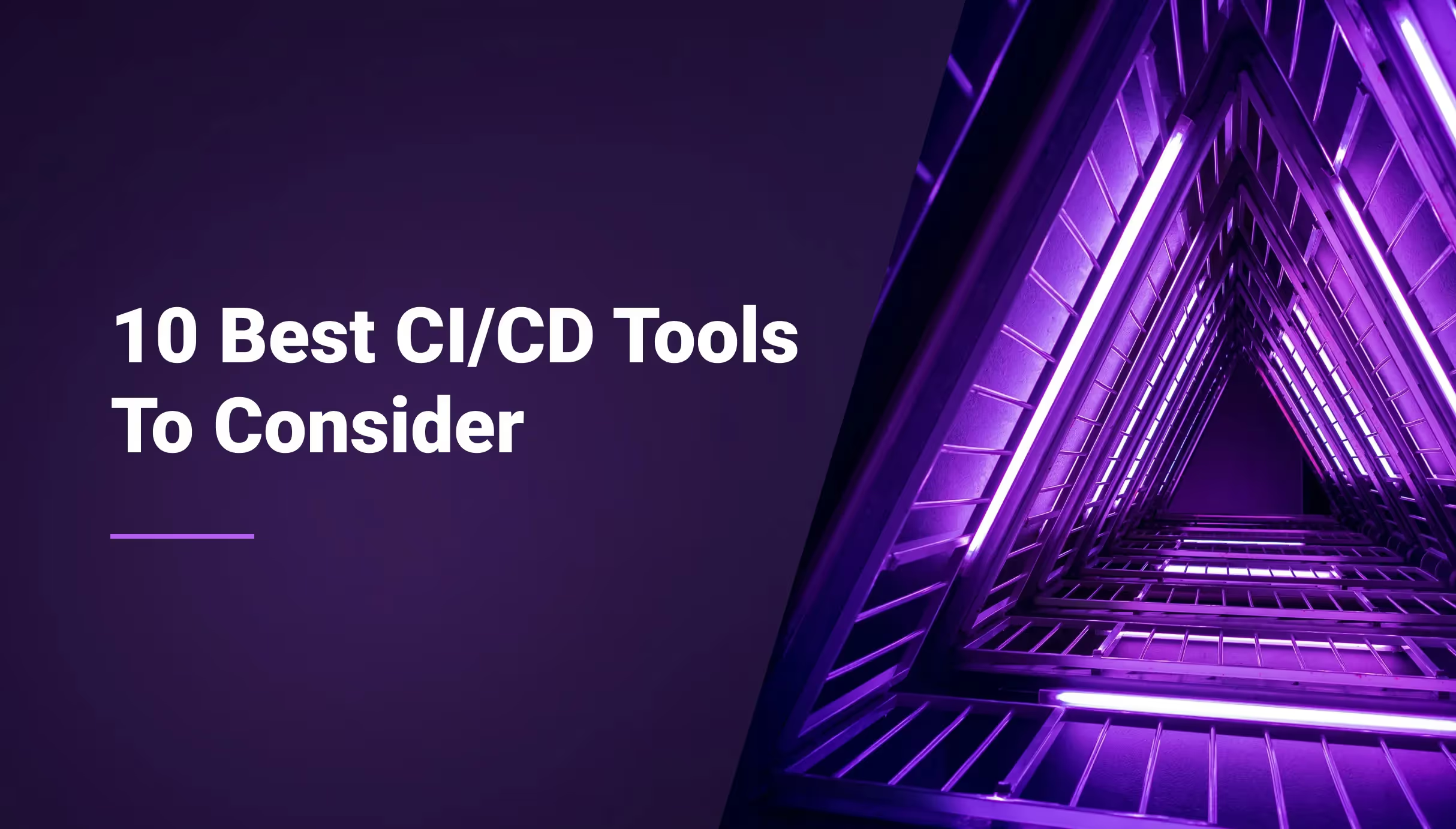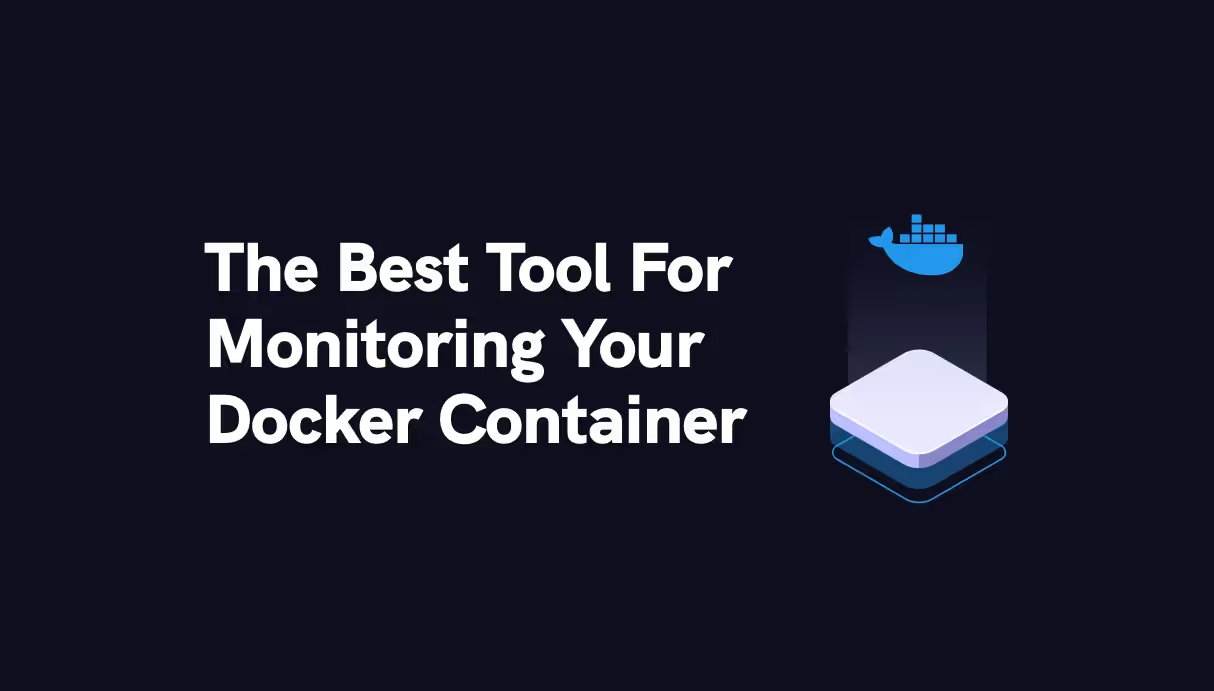

Why Our Users Love Our Product




1/ Build Strong Connections
Slack for Real-Time Support
We maintain a dedicated Slack channel with our customers, ensuring we can address their queries promptly. This real-time support fosters a sense of reliability and responsiveness, which is essential for keeping our users happy and confident in our service.

To avoid being flooded with support requests, we have established specific rules that we ask our users to comply with. For instance, we ask them to post on our public forum, for questions that could benefit all our users.
Monthly Touchpoints
For some of our customers, we offer monthly 30-minute calls designed to address unasked questions and stay aligned with our customer's evolving needs. This regular interaction is perfect for proactive support and continuous engagement. It happens more often than I want to admit that users face issues that they are not talking about until you get them on a call. Even in a 100% digital product, you still need face-to-face interaction to improve what you do. Keep that in mind.
2/ Listen and Act on Feedback
Direct Feedback Solicitation
We actively seek feedback and suggestions for improvements. The attached screenshot showcases detailed feedback from our customers, highlighting specific areas they want enhanced. This feedback loop allows us to comment, ask for more information, and provide an estimated time of arrival (ETA) for improvements, ensuring transparency and active user involvement.
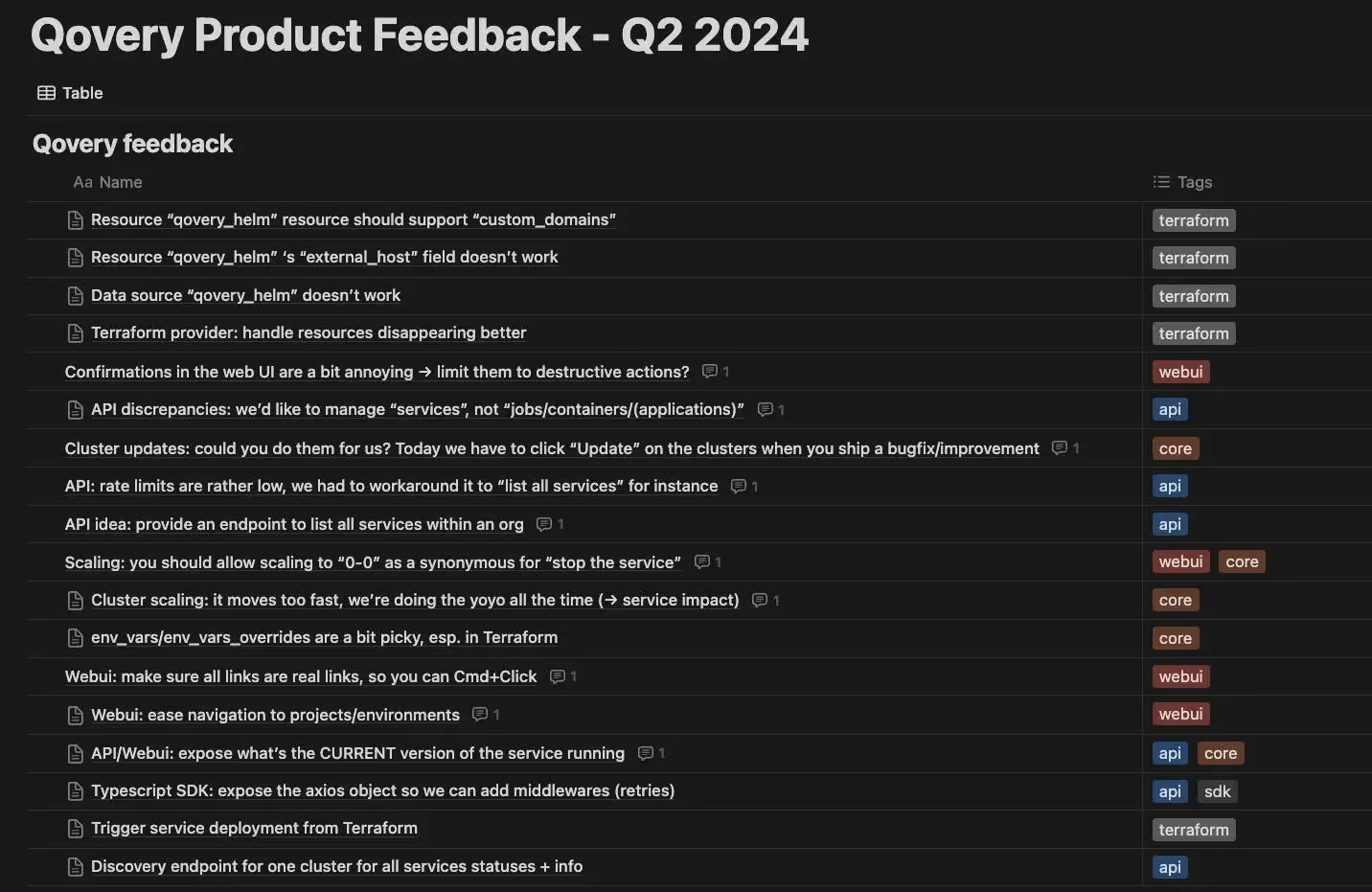
In-Depth Product Usage Analysis
We don't expect our users to share all their feedback with us — sometimes, they are so used to doing something that they don't even notice that it could be improved. Sometimes, they do.
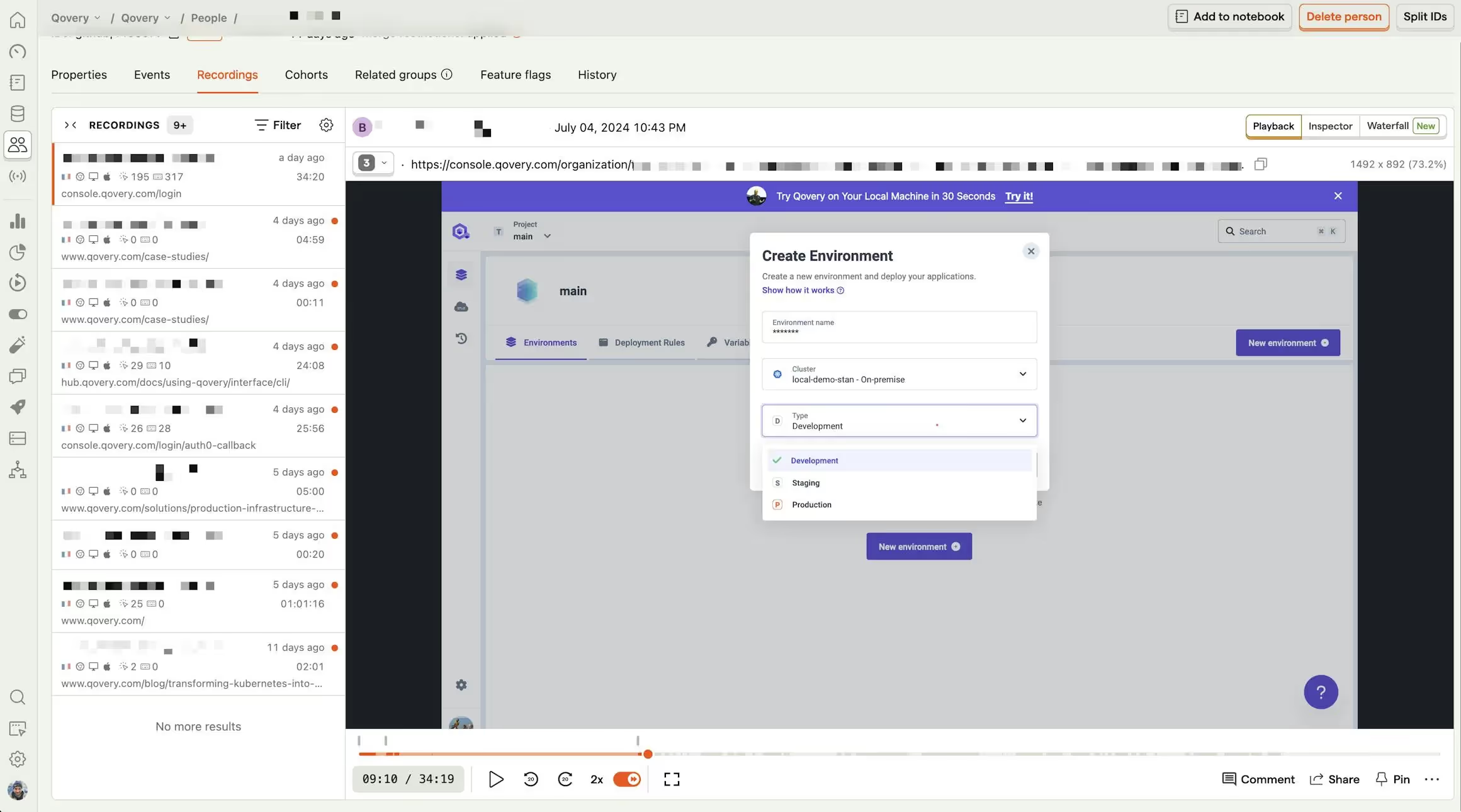
By leveraging our product analytics tool, we gain insights into how our product is used in real time and over time. It enables us to uncover details that customers might not explicitly mention, providing qualitative insights crucial for making informed improvements.
3/ Collaborate on Solutions
Based on usage data and feedback, we involve our customers in the solution design process. For instance, we received feedback on enhancing the navigation across deployment and app logs. In response, we documented the feedback, created a design document, and shared it with our customers. We also developed a prototype with Figma, which we reviewed during recorded video calls and asynchronous sessions.
Additionally, we use Qovery Ephemeral Environments to share preview URLs with our customers, allowing them to test and provide feedback on improvements before they go live.
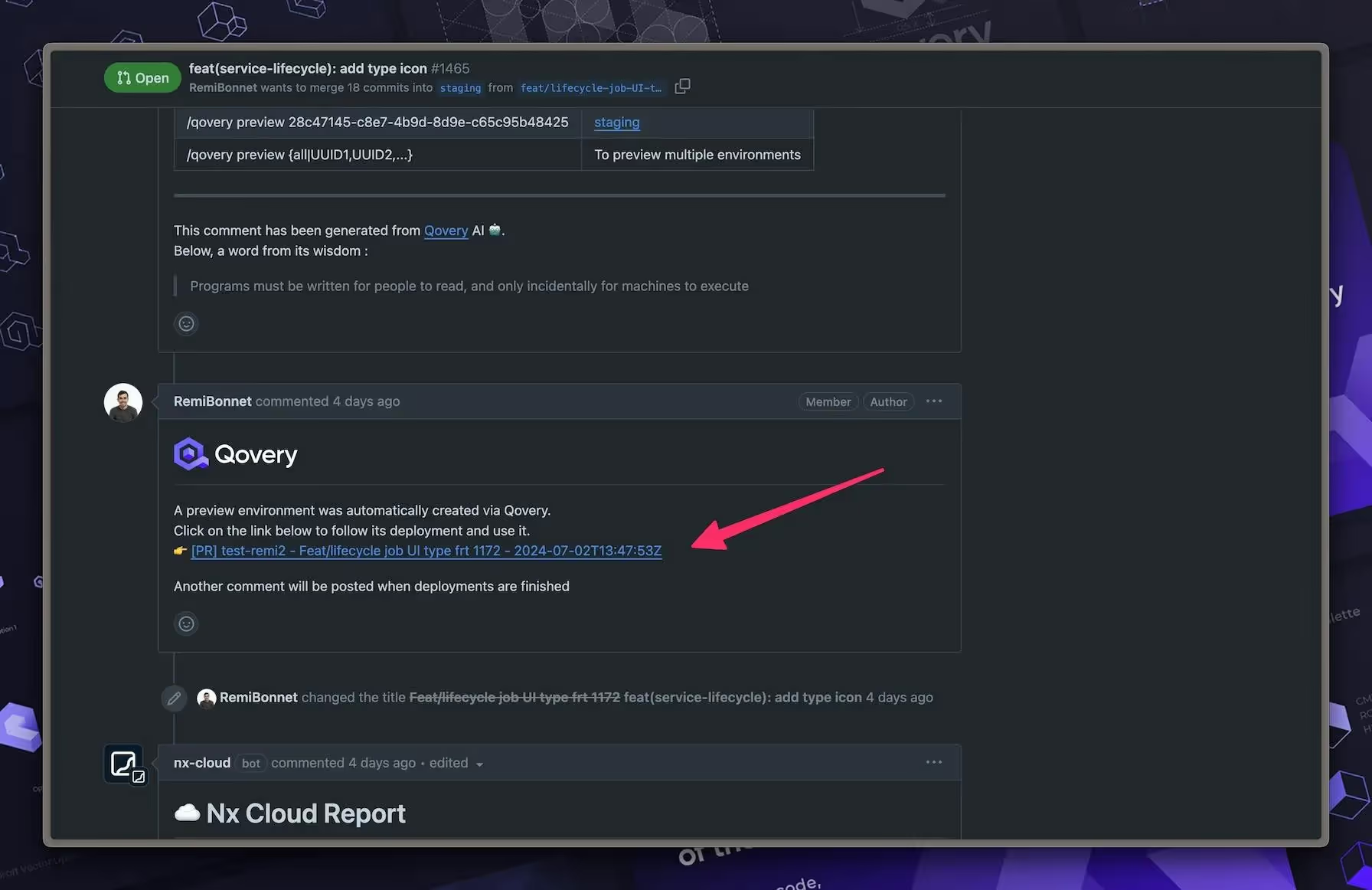
This collaborative approach ensures that the final solution aligns closely with customer needs and expectations, making users feel valued and heard. (Something you might consider for your users ;) )
4/ Keep Iterating
Once we have an improvement/feature that is globally available (GA), we update our public roadmap and publish it into our bi-weekly changelog.
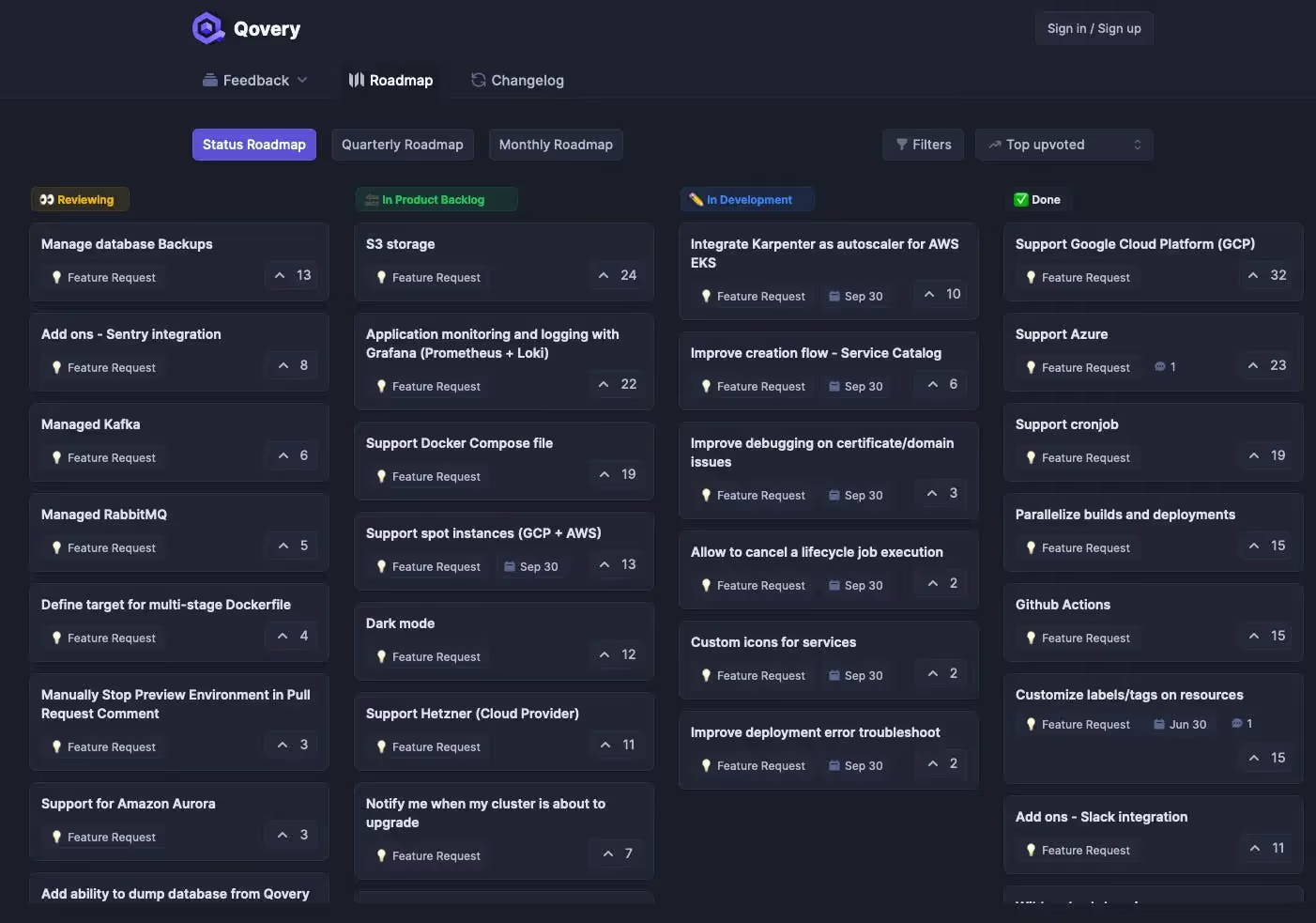
All our users can contribute to the public roadmap by submitting ideas - those are received directly by the team so they can reach out and get more context to potentially improve the product again. The feedback loop never ends.
Conclusion
Our users love Qovery's DevOps Automation Tool because we integrate them into every step of our development process. We ensure our product aligns perfectly with their needs by providing real-time support, maintaining regular touchpoints, proactively soliciting feedback, analyzing product usage, and involving customers in solution design. We also inform and involve our users through a transparent public roadmap and bi-weekly changelogs. This commitment to customer satisfaction and continuous improvement makes Qovery stand out and fosters long-term loyalty.
You too... By staying close to your users, you continuously enhance their experience and drive mutual success.

Suggested articles
.webp)



.svg)
.svg)
.svg)






